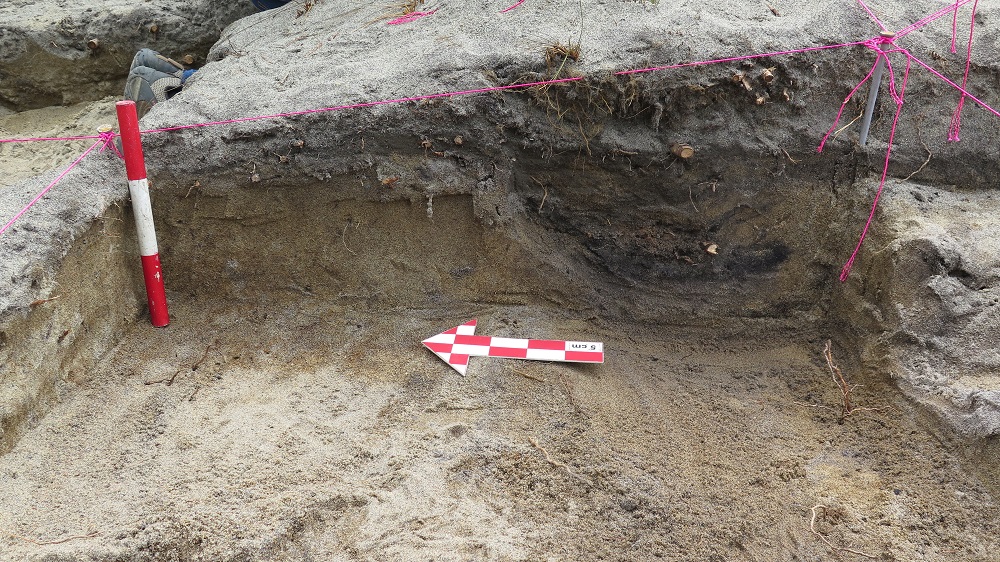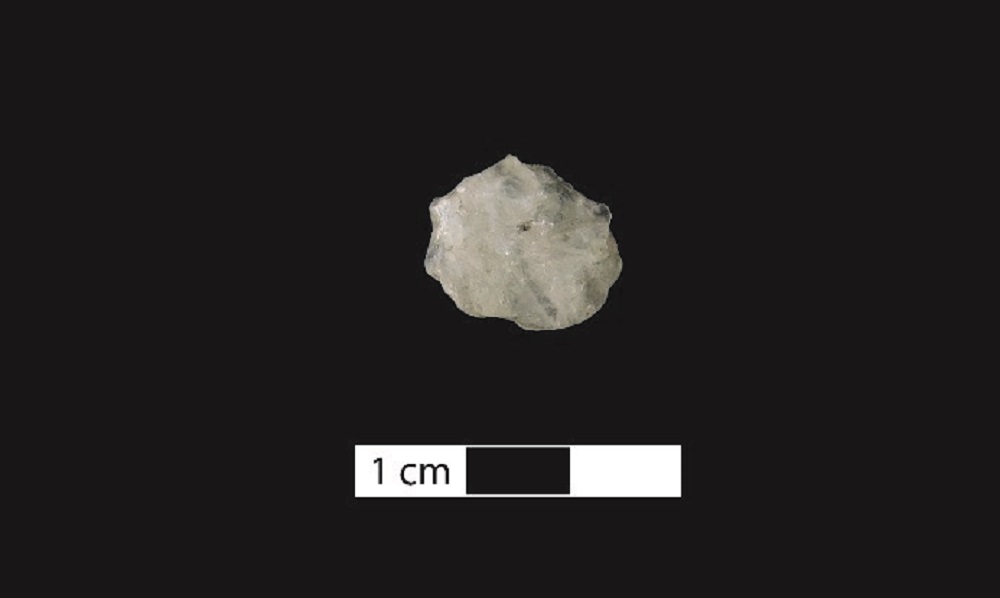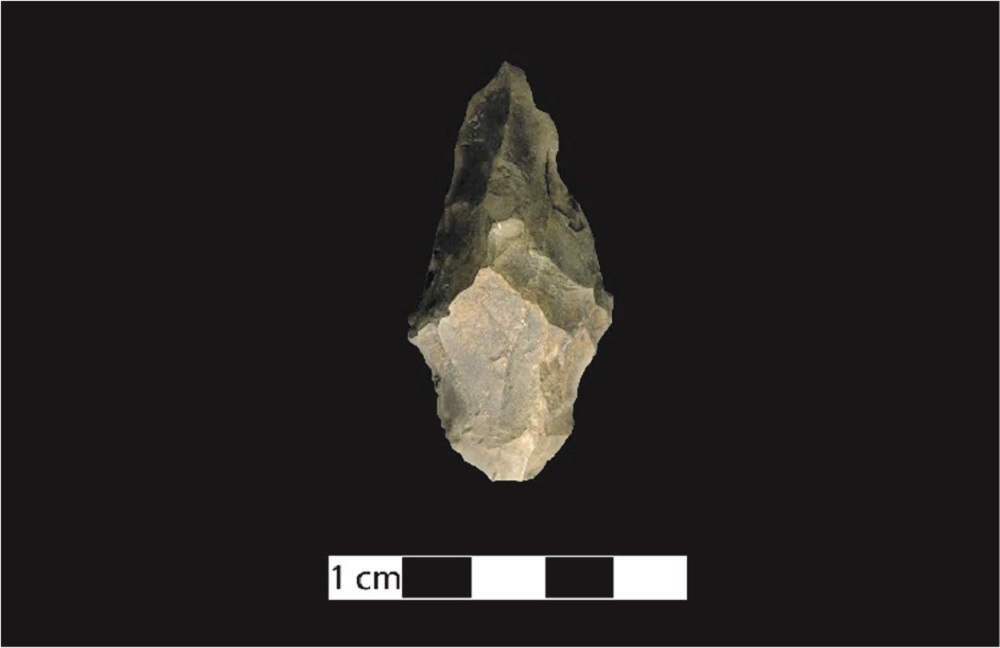2018 – The Discoveries
Ecofacts
The site surrounding the combustion structure was very rich in artifacts and ecofacts. The word ecofact refers to an object that was manipulated by humans, without being of human fabrication. At the contrary, an artifact is, by definition, produced by a human being. A typical example of an ecofact are the table scraps and leftovers. A pit full of chicken bones reveals what the owner of the pit ate. However, the owner did not create these bones. These chicken bones are then ecofacts.
Back to our combustion zone, there are good chances that the ecofacts it comprised are leftovers. They include burned bones and fresh bones, pieces of shell – a lot of them! The site revealed 12 308 fragments of it!
Artifacts
Stone artifacts represented the majority of the artifact collection. These artifacts were mainly stone flakes. Some knapped stone tools were also found close to the combustion structure. These tools offer a great diversity, from animal skin scrapers to a projectile point ready to be set at the tip of an arrow or a spear.
Interpretation
This is very interesting, but archaeology is not collecting artifacts and ecofacts just for the fun of it! What are these objects revealing us about the people that left them there? First, it is highly probable that the combustion zone was a fire pit. This idea is backed by the presence of table scraps that are the bones and shells.
These shells can even reveal us the season during which the site was occupied. Indeed, it is necessary to be in a snow-free season in order to be able to pick these molluscs. Stone flakes will testify of the production and sharpening of stone tools on the spot.
Archeo-Mamu Côte-Nord 2020




